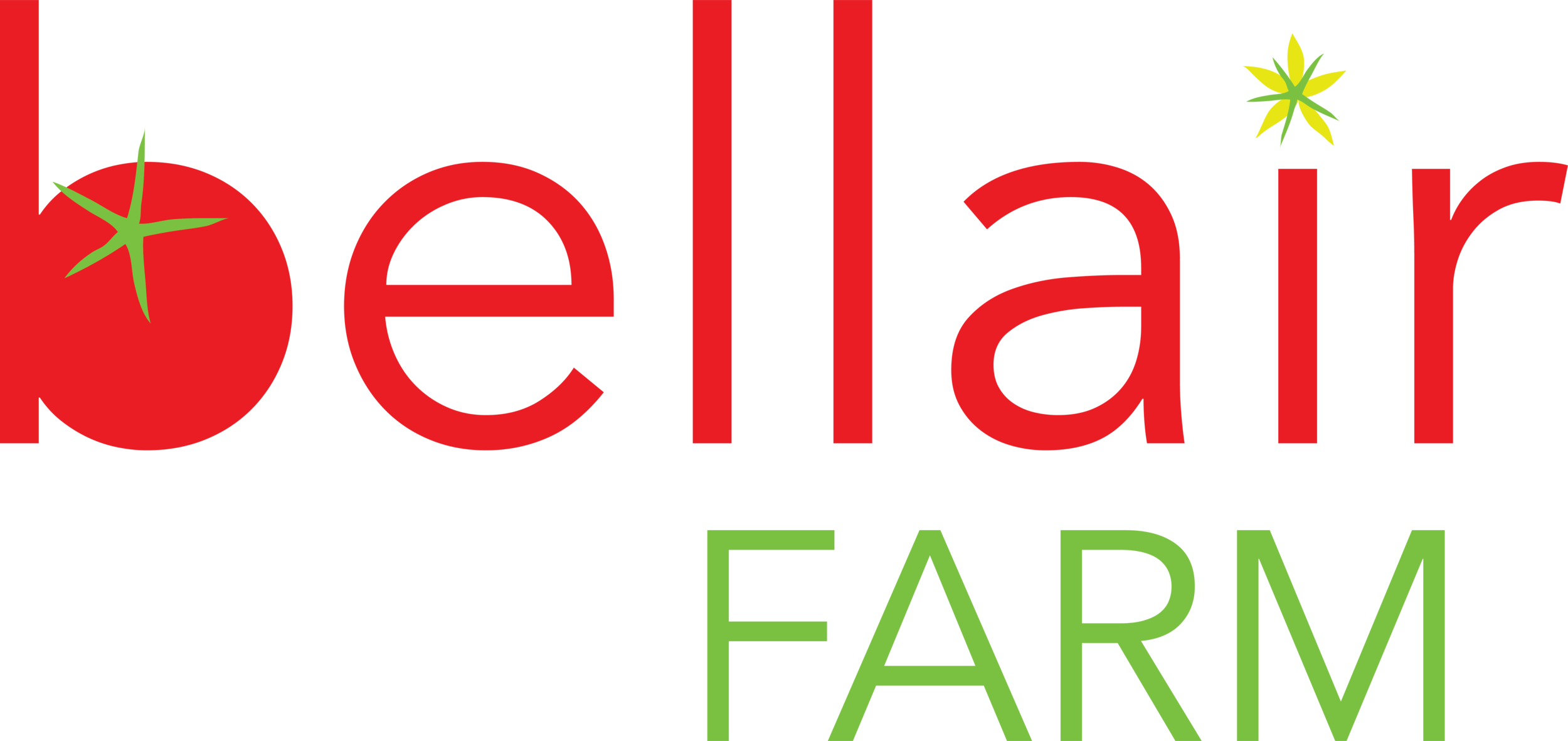The Humble Potato
How much do you know about the humble potato? With thousands of varieties spanning many different growing conditions, we’re still just scratching the surface on all there is to know about this incredible crop.
For our farm, we’re focused on simplicity and productivity in our potato patch. We grow 4 types of potato: red, purple, fingerling, and kennebec. The Purpe and red types, freshly dug, are pictured above. We source our potatoes from White Rock Seed in Colorado. It’s important to buy high quality seed because there are diseases that can wipe out your entire harvest. We prep the ground and then aim to plant them on or around St. Patrick’s Day for good luck. We use the tractor to mark long furrows, then place them by hand and then cover them with the tractor’s hilling disc attachment.
Potatoes in their furrow during planting
We continuously use the tractor to manage weeds in the pathways while the potatoes are growing using both a modified chisel plow cultivator and the hilling discs. This is also one crop that we closely monitor for pests and where we do use an organic-certified spray to take care of the Colorado Potato beetle, which can decimate a crop if not dealt with. Once the potato plants are large, they shade out weeds on their own…. for a while. Approaching the solstice, the potato plants themselves begin to peter out and then the weeds take over. Not to worry! The tubers are safe underground… for a while at least. In an ideal world, we would pull them all as early as possible and get them into ideal storage conditions, but we just don’t have the space, plus, we’re trying to get the timing right for distributing them at a time of year when other fresh crops are in short supply.
What that means is that we aim to start harvesting our potatoes by CSA “Week 10,” usually mid-July. We’ll give out the reds, purples, and fingerlings first before settling into our main storage variety, the kennebecs. To harvest, first we mow down the 6-8’ weeds with the tractor. Then we drag our chisel plow through to loosen the soil. Then we dig by hand. Each year, the potato crop varies. The 2022 season is looking like possibly our best ever! The 2020 season was also pretty good, and I (Michelle) was featured on the cover of Cville Weekly with my very first crop of potatoes grown without my mentor, Jamie Barrett, right at the beginning of the pandemic. The 2020 potato year was a great one, and I remember that field being so symbolic to me at the time and even now, looking back.
Potatoes are such a nutrient-dense crop that make a meal all on their own. I’m always amazed when our CSA members pass them up! Growing the potatoes is easy, be harvesting them can be quite arduous, especially in a bad year. You still have to dig the same number of row-feet, by hand, whether or not the yields are good. A wish-list item for the farm is a chain digger, which would lift the potatoes for us and plop them on top for picking up.
Our potato "unit" for CSA shares or retail sales is a US dry quart. If you need more potatoes (or any other crop) to feed your family, as long as there isn't a limit, you can double or triple up to get the right amount in your CSA share.
Our potatoes are unwashed, and you should store them that way in a cool dark space. They don’t store at well washed, so only wash them when you're getting ready to eat them. Depending on the soil moisture at harvest, the “dirtiness” will vary. If you get super dirty ones, I like to soak them before scrubbing or — even better— wash them outside with the garden hose instead of getting your sink all muddy!
Using your potatoes is up to you! The possibilities are endless, but of course potato salad springs to mind. Our farm celery is in season right at the beginning of the potato harvest and the two pair very well together. Once the kennebecs come in, a baked potato bar with all the fixins (including seasonal sauteed sweet and hot pepper mix) is in order.
Thanks for reading a bit about potatoes on Bellair Farm! Even though they are hard to dig sometimes, we sure do love them (see below).








